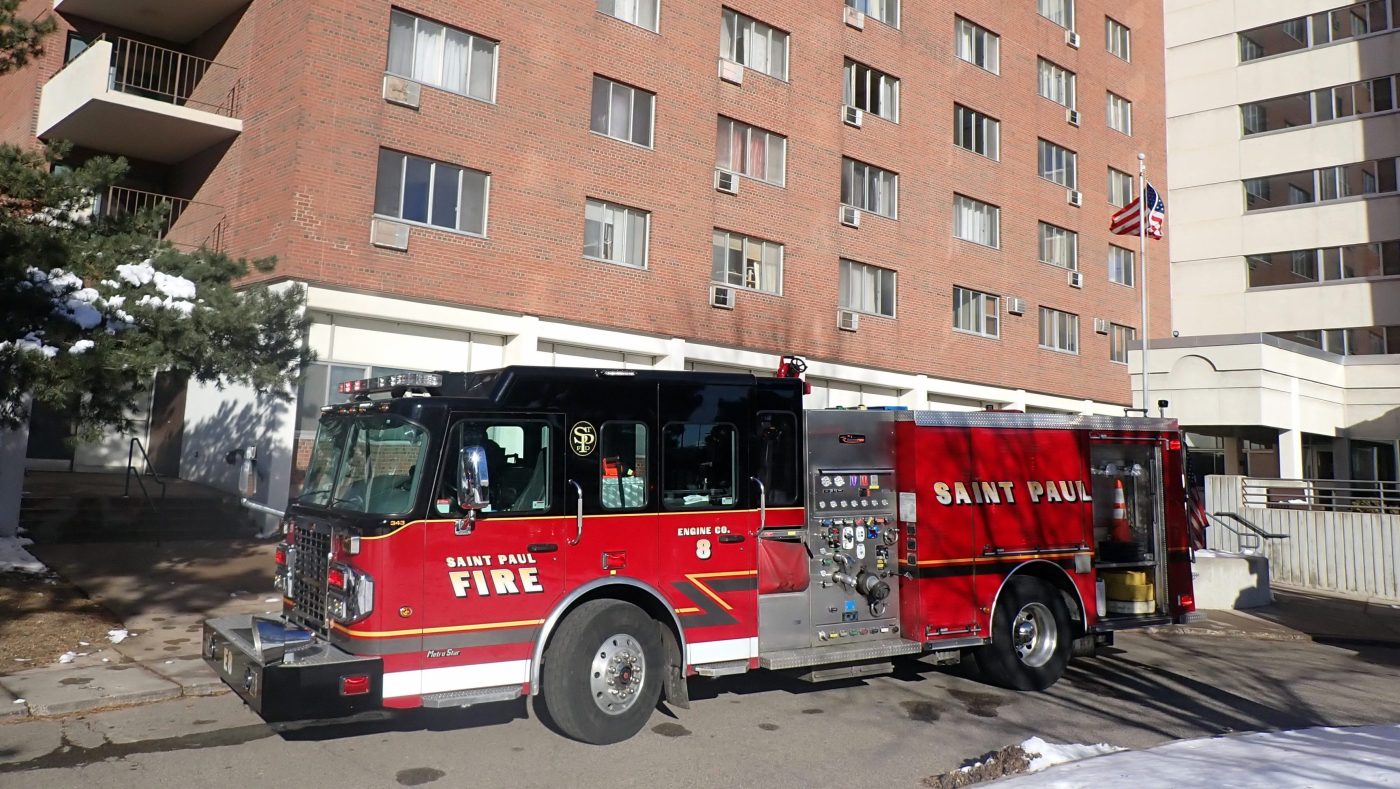
Letters: There should be zero deaths from fire in modern buildings
Fire suppression
It was sad to read of John Stevenson’s death attributed to a fire in his apartment. I have always given the statistic that there have been no fatalities due to fire in a building with a working fire-suppression sprinkler system, and this appears to be the case now.
The article states the fire was extinguished by the sprinkler and the dog was unharmed, however the occupant died in the hospital of fire-related injuries caused by his smoking and use of oxygen. It does not say when he died, but attributes his death to the fire.
With the advances in fire prevention and detection as well as automatic extinguishment by built-in fire protection, there should be zero deaths from fire in modern buildings.
Jan Gasterland, St. Paul
The writer is retired firefighter and building-code officer
Small steps for travelers
The Minneapolis-Saint Paul airport has committed to environmental sustainability with highly ambitious goals for 2030. While I believe the airports’ objectives to be lofty, their goals are respectable. Airplane passengers should be aware of these new goals and encouraged to contribute.
Airplane travel makes up a significant portion of many people’s carbon footprint, so it’s only sensible to contribute to sustainability efforts.
As a frequent patron of MSP, I often find myself falling into the convenience of products with single-use packaging, which I then feel guilty about using. While MSP has implemented many sustainability initiatives, the excessive sale of products with single-use packaging, such as plastic water bottles, is unacceptable. Travelers can take small steps such as bringing a reusable water bottle to the airport and filling it up at the fountain.
Olivia Tuisl, Minneapolis
Quick cognitive testing
I get a physical every year. Several years ago the doctor started giving me a test that measures my cognitive ability and whether further testing is needed. You’re told three simple words; like “table,” “season” and “leader” and asked to remember them. Then you’re given a blank sheet of typing paper and asked to draw a clock face on that paper, fill in the numbers and draw the hands to represent 10 minutes after 11. You are then immediately asked to write the three words you were asked to remember, under the clock. If you can write these three words, you get to try again next year. If you can’t remember the words or instructions, further testing is suggested. The entire process takes less than two minutes.
Jim Feckey, Mendota Heights
Related Articles
Letters: To deter carjackers and assault? Issue personal bodycams at a low price
Letters: Meet these 3 housing goals, St. Paul Council
Letters: Here’s one reason for front license plates
Letters: Don’t let repeat offenders keep repeating, Minnesota
Letters: The office isn’t the only way to make strong relationships and a good career


